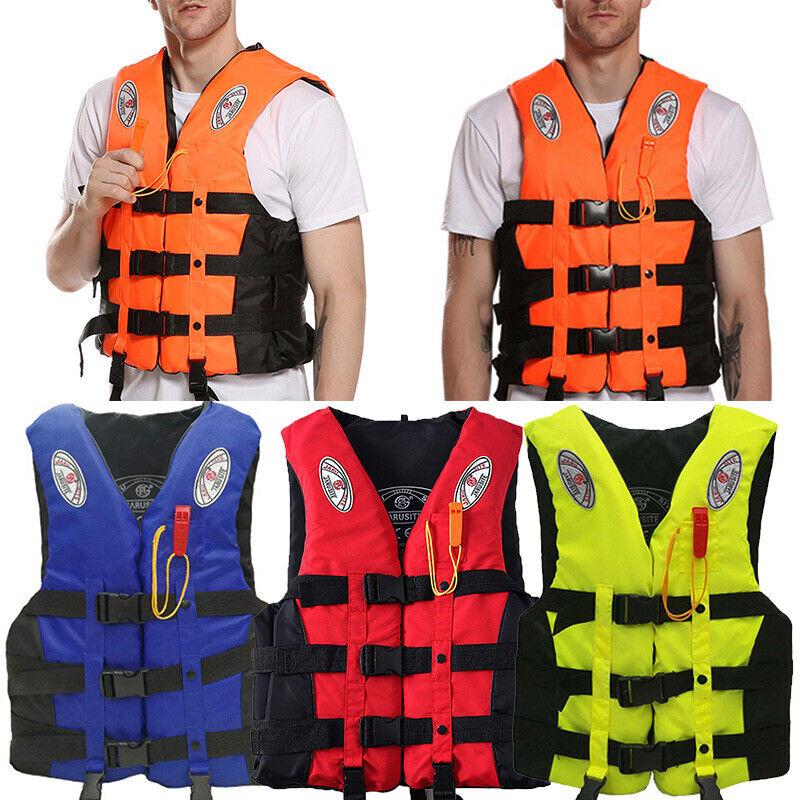As boating and water sports continue to gain popularity, so does the importance of safety equipment-particularly life jackets. But how long can you rely on a life jacket once you’ve purchased it? Do life jackets expire, and if so, what factors determine their lifespan? In this article, we delve into the facts behind life jacket durability, maintenance, and expiration, providing clear answers to help ensure your safety on the water.
Understanding the Lifespan of Life Jackets and Key Factors Affecting Durability
Life jackets don’t come with a simple expiration date like food or medicine, but their effective lifespan typically ranges from 5 to 10 years depending on a variety of conditions. Over time, the materials that provide buoyancy, such as foam or inflatable chambers, degrade due to exposure to sunlight (UV rays), saltwater corrosion, and temperature fluctuations. Even if a life jacket appears intact on the outside, internal damage-often invisible to the naked eye-can compromise its ability to keep a wearer afloat in emergency situations.
Several key factors play a critical role in determining how long your life jacket will remain reliable:
- Frequency of use: More frequent exposure accelerates wear and tear.
- Storage conditions: Proper drying and avoiding direct sunlight extend durability.
- Material quality: Higher-grade materials resist environmental damage better.
- Maintenance and inspections: Regular checks help identify damages early.
| Factor | Impact on Durability | Recommended Action |
|---|---|---|
| Sunlight Exposure | Degrades fabric & foam | Store in shade, avoid prolonged sun |
| Saltwater Contact | Corrodes zippers & fasteners | Rinse with fresh water after use |
| Physical Damage | Punctures or tears reduce buoyancy | Inspect regularly, patch or replace |
| Inflation System (for inflatables) | Leaks or failures prevent full inflation | Test and repack annually |
How to Inspect Your Life Jacket for Signs of Wear and When to Replace It
Regularly examining your life jacket is crucial to ensure its reliability in an emergency. Start by checking the outer shell for any signs of tears, rips, or abrasion that could compromise its integrity. Don’t forget to inspect the straps and buckles – they should be free of cracks, fraying, or stiffness which could lead to failure under stress. Inflatable life jackets require an extra layer of attention: confirm the CO2 cartridge is securely in place and unused, and inspect the oral inflation tube for any damage or leaks. A quick test of the jacket’s buoyancy in shallow water can also indicate if it’s retaining air or foam properly.
Knowing when to retire your life jacket is just as important as regular inspections. Consider replacing your device if you notice any of these warning signs:
- Discoloration or cracking of the fabric that exposes the inner material to elements.
- Degraded foam that compresses easily and doesn’t bounce back.
- Corroded or missing components, especially metal hardware.
- Visible mold or mildew which can undermine fabric strength.
Additionally, manufacturers typically recommend replacement every 5-10 years, regardless of visible wear, as materials degrade over time. Below is a quick reference table for inspection frequency based on usage:
| Usage Frequency | Inspection Interval | Recommended Replacement |
|---|---|---|
| Weekly/Professional Use | Weekly | Every 5 years |
| Seasonal/Recreational | Monthly | Every 7-10 years |
| Infrequent/Occasional | Before Each Use | Every 10 years |
Expert Recommendations for Maintaining Safety and Ensuring Your Life Jacket Remains Effective
To ensure your life jacket remains reliable in emergencies, regular inspection is vital. Experts advise checking for any signs of wear and tear, such as broken straps, damaged buckles, or compromised buoyant material. Additionally, lifebelts with inflatable components should be tested for proper inflation, while foam-filled jackets should be evaluated for firmness and waterlogging. Avoid exposing life jackets to prolonged sunlight or harsh chemicals, which can degrade materials and reduce effectiveness over time.
Proper storage and routine maintenance also play a crucial role in extending the life of your life jacket. Store it in a cool, dry place away from direct sunlight, and rinse with fresh water after use in salt or chlorinated environments to prevent corrosion and mold growth. Below is a quick checklist for regular upkeep:
- Inspect for physical damage monthly
- Test inflatable models as per manufacturer guidelines
- Rinse and dry life jackets after each water exposure
- Replace any damaged parts immediately
- Store in a ventilated, shaded area
| Maintenance Task | Recommended Frequency |
|---|---|
| Visual inspection | Monthly |
| Inflation test (inflatable jackets) | Every 6 months |
| Cleaning and drying | After each use |
| Manufacturer check-up | Annually |
The Conclusion
In conclusion, while life jackets do not come with a fixed expiration date, their safety and effectiveness can diminish over time due to wear, exposure to elements, and material degradation. Regular inspections, proper maintenance, and adherence to manufacturer guidelines are essential to ensure that your life jacket remains reliable when it matters most. Staying informed and proactive about life jacket condition not only complies with safety regulations but could ultimately save lives on the water.





